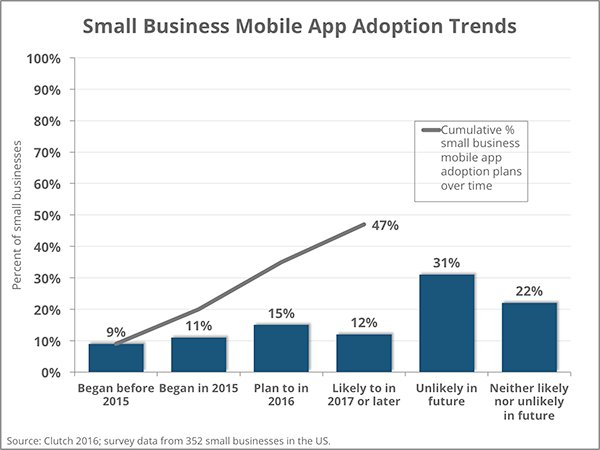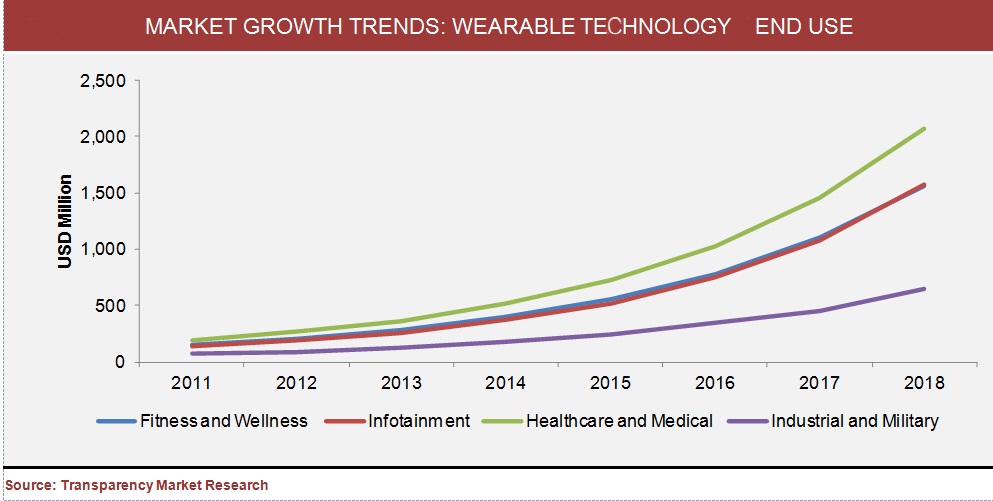What 2017 Has In Store For Enterprise Mobility: Predictions and Upcoming Trends
fev 03, 2017 | 42Gears Team
The enterprise mobility market is still pretty young and enterprises have manifold plans and needs. The market is rapidly changing; hence, enterprises were quite careful to rely only on short term plans. But a lot is going to occur in 2017 and it’s not only about tablets and phones!
With an astronomical growth in the IoT market, technologies like virtual reality, wearables, and machine learnings have become quite popular and are ready to play significant roles in Enterprise Mobility Management(EMM) infrastructure. Enterprises will have strong affinity towards a more comprehensive strategy, rather than just a short-term plan with a basic device-focused approach.
Here is a sneak peek on some of the thoughtful insights on upcoming trends and interesting predictions from experts in the enterprise mobility industry.
Android- It’s time to shine!
Most of the corporates will embrace Android, the latest Pixel devices and Android for Work are two indicators that organizations will start bringing in more Android devices. However, iOS will be the choice for numerous companies using company-owned handhelds, especially, in few of the North American and European markets. But, with the explosion of enterprise-ready Android devices in the market, like those from Samsung, Android will remain ahead in the league.
SMB sector- the GOLD MINE!
The proliferation of cloud based technology in recent years has equipped both businesses and consumers to sync and share data on their devices in real time. As a result, the SMB sector realizes the technology as a golden touch. With proven outcomes like maximization of consumer mass and enhanced sales, the advocacy of mobile apps to propel enterprise mobility is certainly on the cards for small businesses.
As per a survey, accomplished by B2B research firm Clutch, about 50% of SMBs will start operating over mobile app in 2017 and its no less than a GOLD MINE, considering only 20% of small businesses have mobile apps today. It will generate great opportunities for EMM developers in 2017.
BYOD to get a facelift
Today, most of the businesses are worried about managing policies around BYOD, especially, when compliance and privacy are playing cutting edge roles in Enterprise Mobility Management. With increase in apps in the enterprise catalogue, the need to manage the entire device with the traditional EMM may stimulate corporates to retreat to company-owned devices.
On the contrary, employees will tend to show strong affinity towards accessing business apps on their personal phones. Hence, the industry will have to lean towards a more reasonable BYOD approach and develop intermediate policies to allow employees to use personal phones for work use.
Wearables will take the center stage
Apart from Android devices in work places, 2017 will also see abundance of wearables in enterprise mobility industry. Enterprises will embrace wearables mostly to maintain their B2E workflow. It may lead to the evolution of newly born use cases and may disturb the usual data access and management as it did in the initial days of smartphones.
Deployment of new applications will bring productivity and efficiency; and will also invite complexities around mobile management and security. Therefore, enterprises in 2017, should be better prepared to include every connected device in their EMM strategy.
Introduction of new legislations
Today, data breach and hacking have become a global threat. In order to maintain best security standards for business data, companies will certainly witness reinforcement of stringent regulations on information security.
However, the push for security will not only be on the shoulders of IT management. Rather, it will penetrate deep down to the entire C-level cadre. High profile hacks are quite common and we will see numerous C-level executives demanding higher level of data security and more stringent encryption for all endpoint devices.
Integrating IT department and Mobility Management- Face-off of the year!
Integrating the IT department with the EMM platform will be a big challenge, especially in IT industry. Pitting the existing IT team with EMM stakeholders may create subjective bias. Hence, integrating these two groups into a close-knit unit will be an ongoing management ordeal for pretty large clients.
Until now, the journey of enterprise mobility has been quite inspiring and the future will see more breakthroughs in usability and advancements. EMM as a system is like an endless world as far as technology improvement and its scope is concerned. However, the industry is fast-moving and will take enterprise mobility to a whole new level with every new move.
Sources:
http://www.wearabletechworld.com/
Subscribe for our free newsletter


